Home Security Where To Put Outdoor Cameras?
In our increasingly digital age, home security has become a paramount concern for many homeowners. One of the most effective ways to enhance the security of your property is by installing outdoor security cameras. These devices serve as both a deterrent to potential intruders and a means to monitor your surroundings for unusual activity. However, the efficacy of these cameras hinges significantly on their placement. Install them in the wrong spots, and you might end up with blind spots or diminished coverage. In this article, we'll guide you through the best practices for positioning your outdoor security cameras to maximize their effectiveness.

## 1. Front Door
One of the most critical spots for placing an outdoor security camera is at the front door. Statistics reveal that about 34% of burglars enter a home through the front door. Placing a camera here ensures that you capture clear footage of anyone who approaches your entrance, providing pivotal evidence in the unfortunate event of a break-in.
Placement Tips:
- Install the camera about 7-8 feet above the ground. This height allows you to capture faces clearly while keeping the camera out of reach.
- Angle the camera to cover the doorstep and approaching walkway. Some homeowners might also opt for a video doorbell which combines a camera with the doorbell mechanism.
## 2. Back Door and Side Entrances
Following the front door, back doors and side entrances are commonly targeted access points. Approximately 22% of burglars use these entry points. These areas tend to be less visible from the street, making them more attractive to intruders.
Placement Tips:
- Position the camera at a similar height to the front door: about 7-8 feet off the ground.
- Ensure the field of view encompasses the entire door and any steps or porches leading up to it.
## 3. First-Floor Windows
Windows on the first floor are another common entry point for burglars, especially if they are left unlocked or are easily broken. Covering these windows with security cameras can both deter and capture footage of potential intruders.
Placement Tips:
- Place the cameras to have a wide-angle view of the windows and surrounding area.
- Consider using cameras with night vision capabilities for added security during the nighttime.
## 4. Garage and Driveway
Garages contain valuable items such as vehicles, tools, and bicycles, making them an attractive target for thieves. Additionally, monitoring the driveway can help keep track of visitors and suspicious vehicles around your property.
Placement Tips:
- Install cameras to cover both the garage door and the driveway.
- Positioning cameras at the corners of the garage can provide a broader view.
- If possible, use motion-detection cameras to alert you of any unusual activity.
## 5. Yard and Fence
Monitoring your yard and the perimeter fence can provide early warnings of potential intruders. It also helps in keeping an eye on children and pets when they are outdoors.
Placement Tips:
- Use wide-angle cameras to cover larger areas.
- Place cameras high enough on walls or poles to prevent tampering and to get a clear overview of the yard.
## 6. Overlooked Areas
Every home has unique characteristics, and there might be specific areas that are particularly vulnerable. For example, if you have a basement entryway, alleyways around the house, or any hidden corners, these should also be monitored.
Placement Tips:
- Identify hiding spots around the house where intruders might lurk and position cameras to monitor these areas.
- Ensure good lighting in these spots, as it complements the camera's visibility especially at night.
## 7. Common Pathways
Finally, consider placing cameras along common pathways, such as sidewalks leading to the home or heavily trafficked routes around the property. These cameras can help track movements and provide additional layers of security.
Placement Tips:
- Mount cameras at strategic points where they capture the most traffic.
- Utilize motion sensors to ensure you are only capturing and reviewing relevant footage.
## Technical Considerations and Additional Tips
Connectivity:
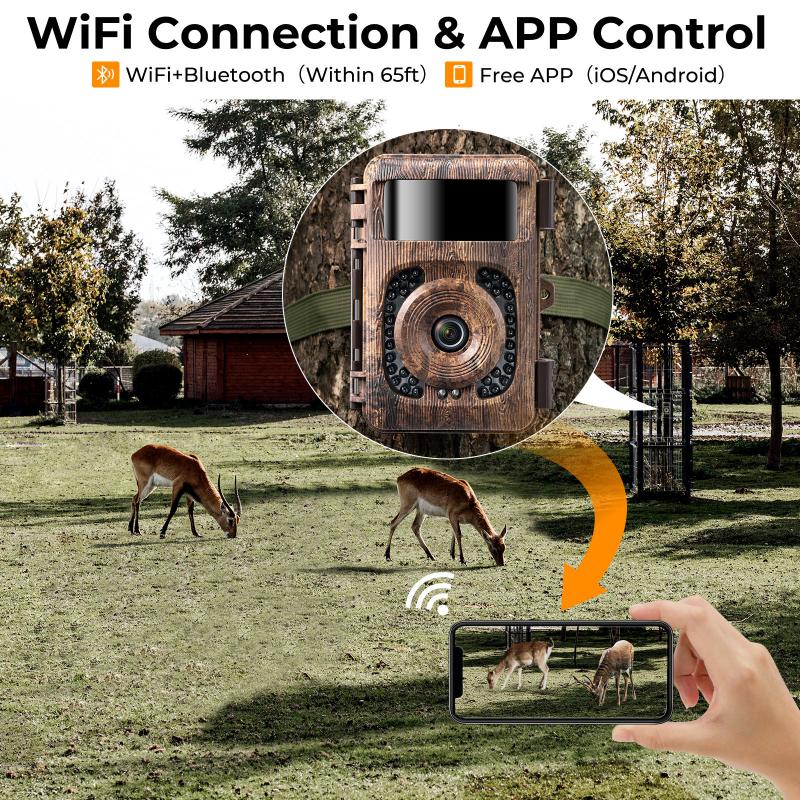
Ensure that your cameras are within range of your Wi-Fi network to guarantee consistent and reliable connectivity. For larger properties, consider using Wi-Fi extenders or mesh networks.
Power Source:
Determine whether your cameras are battery-operated or need a power source. Wired cameras should be near an outlet or have an extension cord properly secured to avoid being a trip hazard.
Weatherproofing:
Outdoor cameras will be exposed to the elements, so it’s crucial to select cameras that are weatherproof. Look for cameras rated for outdoor use (IP65 or higher).
Lighting:
Cameras need adequate lighting to capture clear footage. If your cameras do not have built-in night vision, consider adding external lights, such as motion-sensor lights, to illuminate dark areas.
Legal Considerations:
Familiarize yourself with local privacy laws regarding surveillance to ensure you're not infringing on your neighbors' privacy. Generally, it’s acceptable to film your property, but avoid areas beyond your property line.
Remote Access:
Most modern security cameras come with apps that allow you to access footage remotely. Make sure the camera system you choose offers this feature, providing peace of mind when you're away from home.
Regular Maintenance:
Regularly clean your camera lenses and check for any obstructions. Ensure all systems are functioning correctly and update your camera firmware when needed for the best performance.
## Conclusion
The correct placement of outdoor security cameras can substantially elevate your home's security. By positioning cameras at strategic points such as the front and back doors, first-floor windows, the garage, and overlooked areas, you can cover the most vulnerable parts of your property. Along with following the technical considerations and additional tips provided, you can ensure your surveillance system is both effective and efficient, providing you with peace of mind and a secure home.


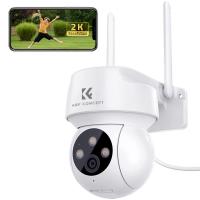


![[4X Optical Zoom] Recharge power Security Camera PTZ Outdoor for Home Security with Human Detection Auto Tracking-UK Standard [4X Optical Zoom] Recharge power Security Camera PTZ Outdoor for Home Security with Human Detection Auto Tracking-UK Standard](https://img.kentfaith.com/cache/catalog/products/us/KF50.0003/KF50.0003-1-200x200.jpg)
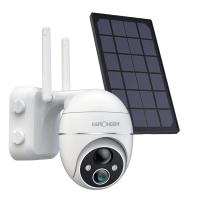



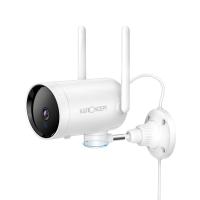
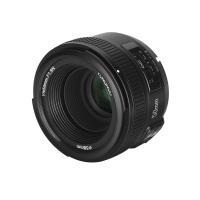
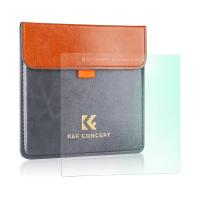

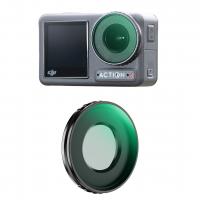


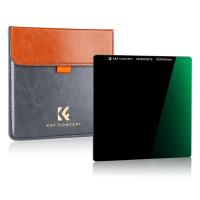
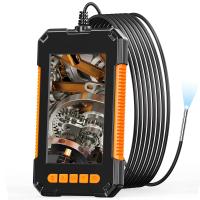




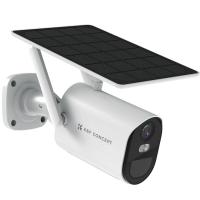
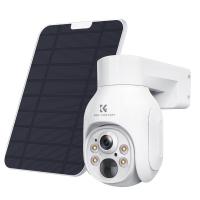
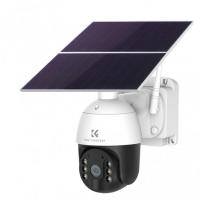

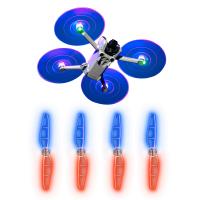
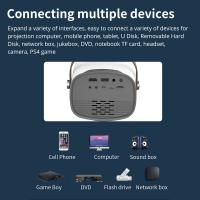



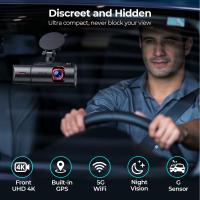
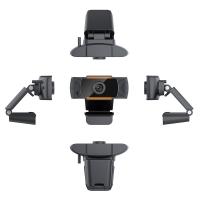
There are no comments for this blog.